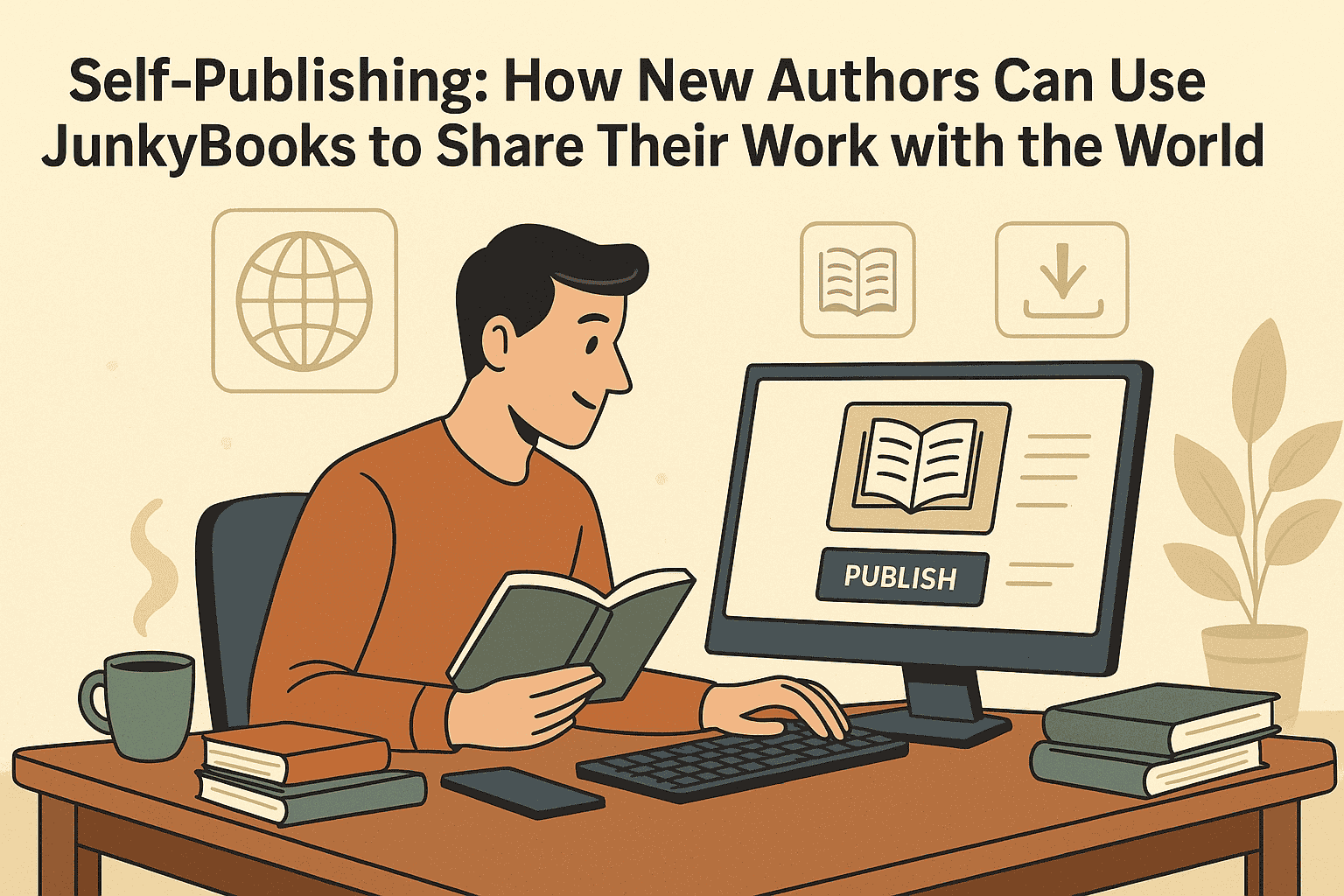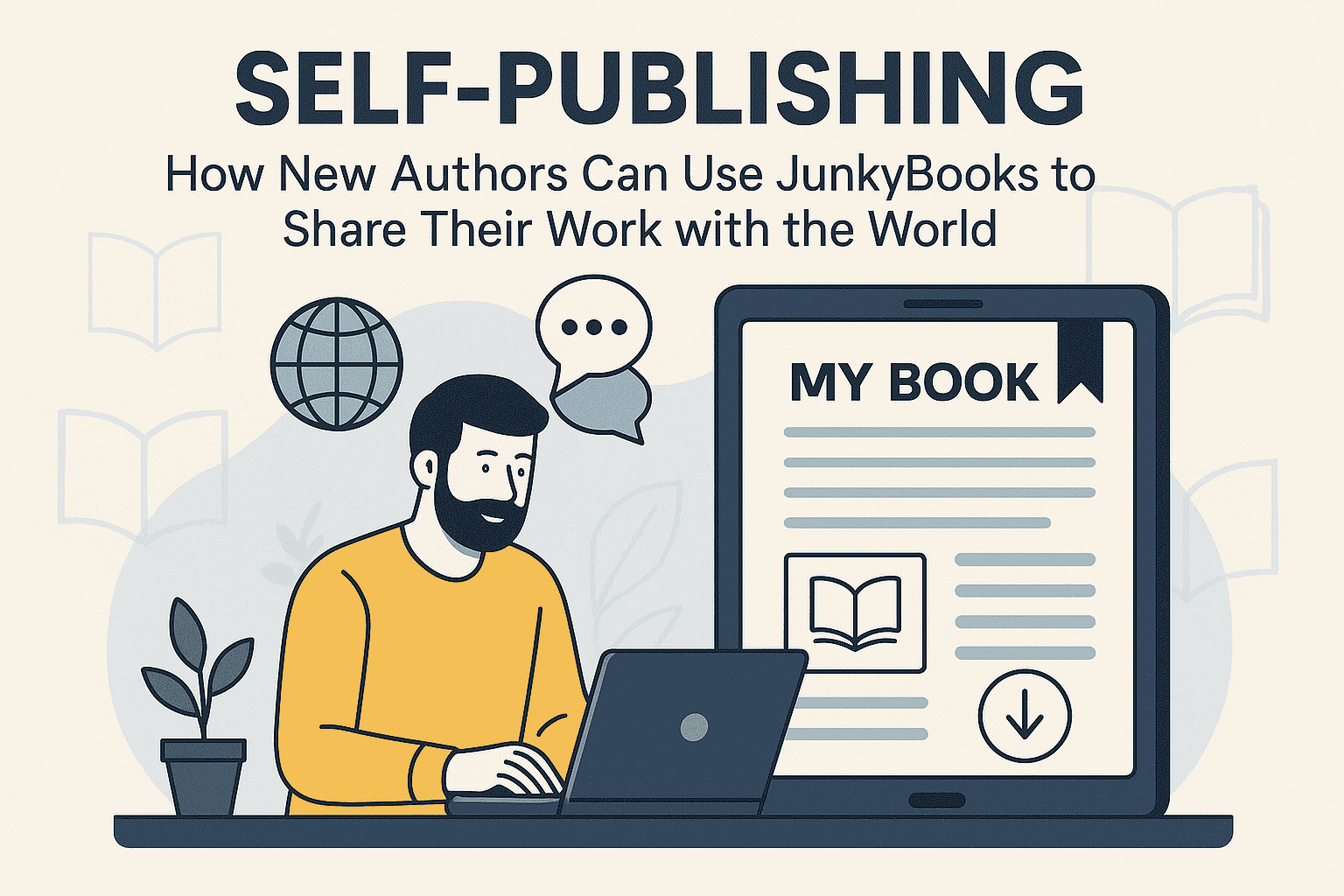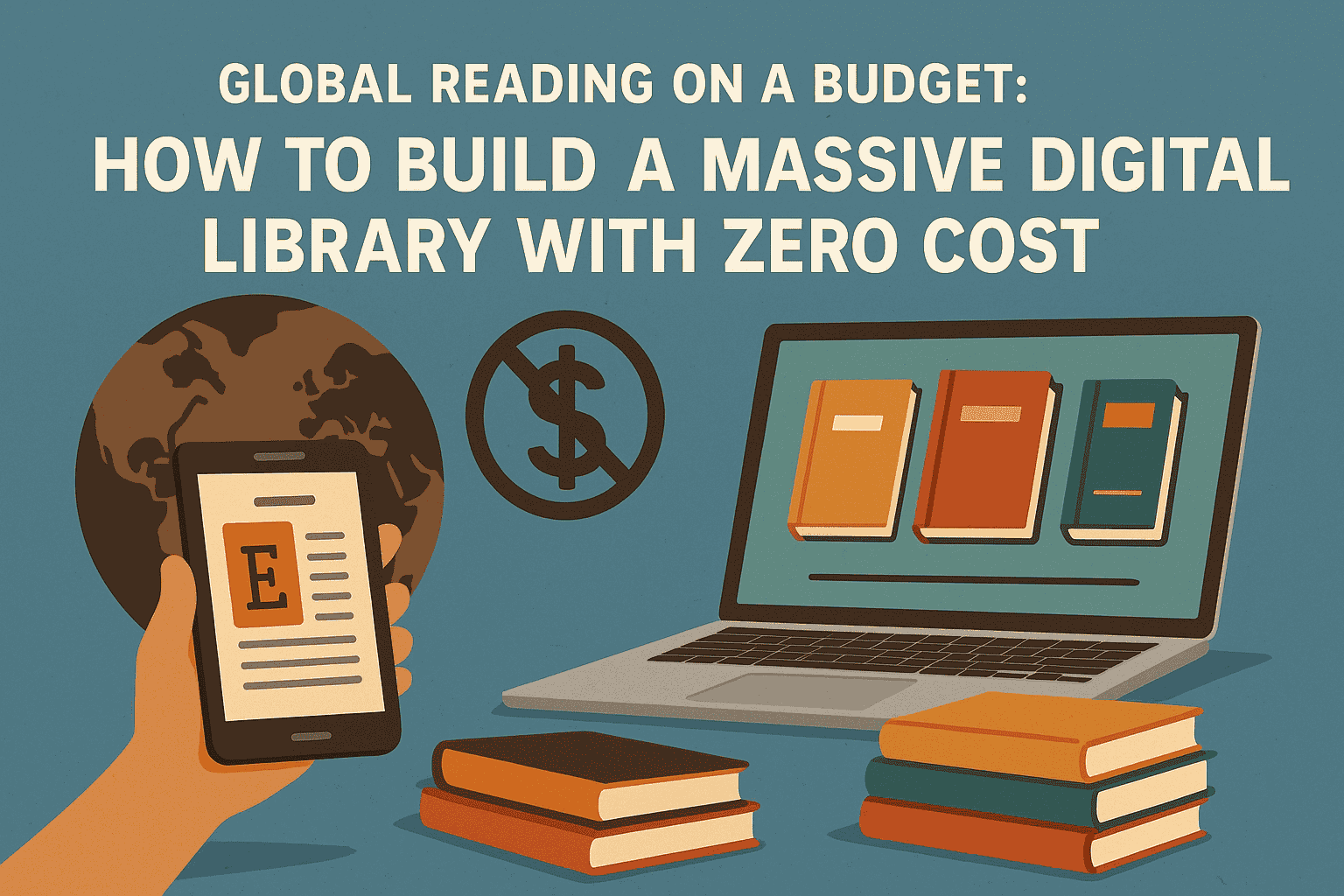Subscription Economy in the Tech Industry: Benefits and Risks
The way we consume technology has undergone a massive transformation in recent years. From cloud-based software to streaming services and even hardware, the subscription model has become a dominant force in the tech industry. Instead of making one-time purchases, customers now pay for continuous access to services and products through monthly or annual subscriptions.
This shift—known as the subscription economy—has revolutionized how companies deliver value and generate revenue. But while it offers numerous benefits for both businesses and consumers, it also comes with significant risks and challenges.
In this post, we explore the rise of the subscription economy in tech, its advantages, the potential downsides, and what it means for the future of the industry.
What Is the Subscription Economy?
The subscription economy refers to a business model where customers pay a recurring fee—typically monthly or yearly—for access to a product or service, rather than purchasing it outright.
In the tech industry, this includes:
-
Software-as-a-Service (SaaS) platforms like Microsoft 365, Adobe Creative Cloud, and Zoom
-
Streaming services like Netflix, Spotify, and Apple Music
-
Cloud storage providers like Google Drive and Dropbox
-
Gaming platforms such as Xbox Game Pass and PlayStation Plus
-
Device subscriptions, like Apple’s iPhone Upgrade Program
This model emphasizes access over ownership and allows companies to generate predictable, recurring revenue.
Why the Subscription Model Works for Tech
1. Predictable Revenue Streams
Unlike one-time sales, subscriptions provide stable and recurring income, making it easier for companies to forecast revenue, plan growth, and scale operations.
2. Continuous Customer Engagement
Subscription models encourage long-term relationships with customers. Companies are incentivized to deliver continuous value, updates, and improvements to retain subscribers and minimize churn.
3. Lower Upfront Costs for Consumers
Instead of paying large amounts upfront, users can spread costs over time, making premium services more accessible. For instance, Adobe Creative Cloud gives users access to its full suite of tools for a monthly fee, rather than a hefty one-time license.
4. Flexible Usage and Scaling
Businesses can scale their usage up or down based on need. This flexibility is especially valuable for startups and small enterprises using SaaS platforms.
5. Data-Driven Innovation
Subscriptions allow companies to gather ongoing usage data, enabling them to analyze behavior, improve products, and personalize user experiences more effectively.
Benefits for Businesses
-
Customer Loyalty: A well-managed subscription service can lead to higher customer retention.
-
Better Customer Insights: Regular engagement offers insights into user behavior and preferences.
-
Up-sell and Cross-sell Opportunities: Businesses can easily introduce new features, tiers, or add-ons.
-
Rapid Market Testing: Subscription businesses can test features, pricing, and marketing campaigns quickly and adjust based on real-time data.
Benefits for Consumers
-
Lower initial investment
-
Ongoing updates and support
-
Flexibility to cancel or switch plans
-
Access to the latest features and versions
Risks and Challenges of the Subscription Economy
Despite its advantages, the subscription model isn’t without downsides. Both companies and consumers face specific challenges.
1. Subscription Fatigue
As more services adopt the model, users face overwhelming subscription options, leading to “subscription fatigue.” Many consumers start canceling services due to rising cumulative costs.
2. High Churn Rates
It’s easy for users to cancel subscriptions, especially when they feel they’re not receiving enough value. High churn rates can quickly hurt a company’s revenue and reputation.
3. Hidden Costs and Complex Billing
Some services lack pricing transparency, with hidden fees, automatic renewals, or complex tiered pricing that frustrates users.
4. Over-Reliance on User Retention
Since revenue is dependent on customer retention, any dip in user satisfaction can have an immediate financial impact. Companies must constantly innovate and offer consistent value to maintain subscribers.
5. Customer Data Privacy Concerns
To personalize experiences, companies collect large amounts of user data. This raises privacy and ethical concerns, especially if data is misused or not properly secured.
6. Market Saturation
In many sectors, the market is becoming saturated with similar services. Standing out requires a clear value proposition and differentiation.
Notable Examples of Subscription Success
1. Netflix
Netflix helped popularize the subscription model in the entertainment space. Its continuous investment in original content, personalized recommendations, and global reach have kept it ahead of competitors.
2. Adobe Creative Cloud
Adobe shifted from one-time licenses to a subscription-only model and saw a dramatic increase in revenue and user engagement, proving that even legacy software providers can thrive in the subscription economy.
3. Apple One
Apple’s bundled subscription service (which includes Apple Music, Apple TV+, iCloud, and more) showcases how tech giants are creating ecosystems to increase customer stickiness and cross-service adoption.
Emerging Trends in Tech Subscriptions
1. Hardware-as-a-Service
Tech companies are beginning to offer hardware on subscription. For example, Dell and Apple offer subscription plans for laptops and smartphones, complete with upgrades and support.
2. Bundled Services
More companies are bundling services to provide better value—combining video, music, storage, and software into one cohesive offering.
3. Subscription Marketplaces
Platforms are emerging that allow users to manage multiple subscriptions in one place, helping combat subscription fatigue and improving transparency.
4. Usage-Based Pricing Models
Some tech companies are experimenting with hybrid models, charging users based on actual usage rather than flat monthly fees. This adds fairness but also requires more complex billing systems.
Best Practices for Tech Companies Entering the Subscription Economy
-
Offer clear value from day one
-
Use tiered pricing to appeal to different customer segments
-
Focus on customer experience and support
-
Continuously update and improve the product
-
Make cancellations easy to build trust and loyalty
Conclusion
The subscription economy has reshaped the tech industry, providing recurring revenue for businesses and flexibility for consumers. While it opens up new opportunities for innovation, it also brings challenges related to customer retention, competition, and ethical business practices.
As technology continues to evolve, the most successful companies will be those that balance profitability with transparency, personalization with privacy, and innovation with user value. In the subscription era, loyalty must be earned continuously—not just at the point of sale.







